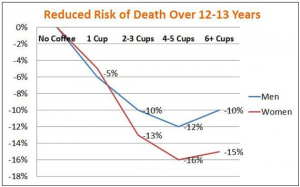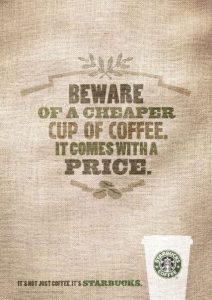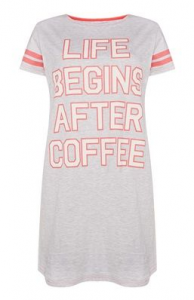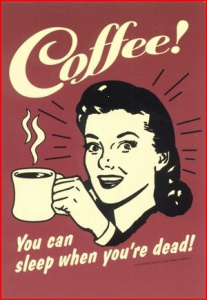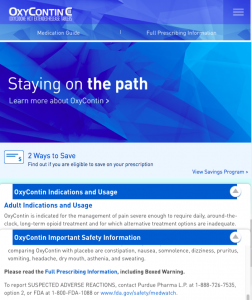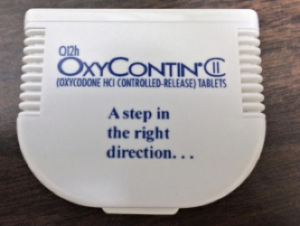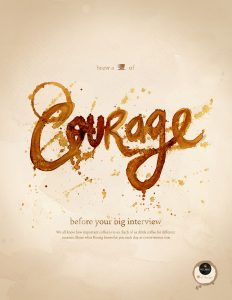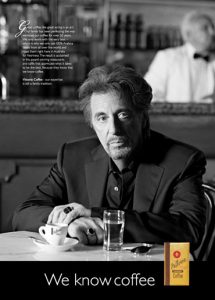
WHY MARIJUANA?
With the recent legalization of cannabis, advertisements for this drug are very new. Ads for marijuana are still fairly regulated. It is likely that eventually, advertisements will diffuse to other outlets but for the time being, they are almost entirely centered around media already involving marijuana. I chose this ad because it is clear in its intentions in support of marijuana legalization. The reason that I chose marijuana to research is that it is the drug which is most prevalent in my life. A large portion of my family and my friends regularly use marijuana for both medicinal and recreational purposes. I was curious to learn about how they may be impacted by advertisements for this drug especially as it becomes legalized and more popular. Having a critical view of the information I am told about a substance that I am often exposed to is very important for decision making in regards to my own use as well as interacting with others who have chosen to use cannabis themselves.
WHO IS ADVERTISING?
The advertisement lists www.marijuanaissafer.org as a reference which is a website run by the Marijuana Policy Project. The Marijuana Policy Project was founded in January 1995 while medical marijuana was still illegal in every state. The Marijuana Policy Project has been working with local organizations from all around the country to introduce pro-marijuana policies and initiatives in almost every state (MPP). The mission of The Marijuana Policy Project is to increase public support of pro-marijuana policies, change state laws to reduce or eliminate penalties for the use of marijuana, and to gain influence in Congress for federal legalization initiatives. The Marijuana Policy Project has played a key role in changing most major state-level marijuana policy reforms since the early 2000s. The Marijuana Policy Project typically has roughly 40 full-time employees and countless part-time/volunteers working for the full legalization of marijuana.
WHO IS THE INTENDED AUDIENCE?
This ad was part of a campaign run by The Marijuana Policy Project which purchased $2,500 worth of buss billboard advertisement space on buses in Portland, Maine. At the time when this advertisement was run in 2013 marijuana was still illegal recreationally. Recreational marijuana became legal in Portland Maine later in the 2013 year. Bus ads are used to target the average citizen. Public transport is used by all kinds of people thus this ad was viewed by people from all sorts of backgrounds. The advantages of transit advertisements are that they are hard to ignore and reach a wide audience variety (Kobliski). This is the best place to run an ad intended to change the public opinion of Marijuana.
The man pictured in the ad is incredibly average. The man appears very normal on purpose. It is meant to convey normality to the audience. If the audience previously viewed marijuana users as criminals or fringe members of society, seeing an average seemingly successful member of society preach the benefits of marijuana use it is likely to change their mind. Advertisements featuring “real people” tend to be more effective because the average person is more concerned with keeping up with their friends and neighbors than celebrities whos lifestyles are unattainable (MONSTER). While there are definite advantages to using celebrities people tend to react more if they view the subject of the advertisement similar to themselves.
WHAT IS MARIJUANA?
Marijuana has several active ingredients. THC (Delta-g-tetrahydrocannabinol) is the most commonly known component of cannabis. THC is what produces the drugs effects or high. THC is often used to measure the strength and potency of marijuana due to is very noticeable effects. The potency of marijuana has been rising, from 1995 to 2014 it has tripled (NCBI). Despite the sharp increase in marijuana potency, there have been no cases of death from marijuana. The estimated lethal dose would be equivalent to a 175lb man consuming more than 53 grams of pure THC at once (Breathes).
Despite marijuana lethality not being a concern, the risk of dependence still remains. Marijuana addiction is often not perceived as a large problem because only about 9% of users will exhibit traits of dependence (NIDA). That 9% that do become addicted will remain relatively high functioning in comparison to other drug addiction characteristics.
There is the possibility of mental health problems associated with marijuana use. Adolescents (under age of 15) who consume THC daily are considered five times more likely to develop depression and/or anxiety in later life (RCP). Those who frequently use marijuana as adolescents also have a higher risk of developing a psychotic illness, such as schizophrenia or bipolar disorder, later in life. While it is clear to say that marijuana use at a young age poses a higher risk for mental health problems the possibility of risk may still exist as the potential user ages.
ADVERTISING TECHNIQUES
The Advertisement uses visual imagery to captivate the potential viewer. Bold words and highly contrasting colors are used as an attention grabber to draw the unsuspecting eye. Important words are bolder making them pop out at the viewer so even if they do not fully read it they may still subconsciously register the message. Once the subject begins to read the advertisement it quickly becomes clear that it casts marijuana in a positive light. This advertisement does not use deception although it certainly would resonate with the target audience. The use of a “normal” person makes it easier for the viewer to imagine themselves using marijuana in a non-threatening way.
MY OPINION?
From my perspective and research marijuana can be harmful if misused but if the user is able to use it responsibly at a mature age they most likely will not experience many negative effects. Balance is essential when it comes to marijuana use. If one is able to use marijuana infrequently at times when it does not inhibit them in any way then I think there can be benefits to using it.
I have seen very good examples of both irresponsible and responsible marijuana use. One of my very close friends began using marijuana and now has continued to smoke roughly half a gram of THC concentrates a day. Using this much marijuana is not a healthy habit. It can impare his normal functioning (not being able to operate a vehicle) and he spends a significant amount of money on it. On the flip side, I have friends who use marijuana infrequently to relax when they are very stressed. This can be a good thing for them because stress can cause many adverse health effects.
I would not recommend anyone use marijuana if they are still young and developing mentally. It is hard to say if I would recommend marijuana to a fully developed adult as there are many variables. If I felt that they were at a place in their life where they were financially stable and able to maintain a healthy and balanced lifestyle while partaking in marijuana use then I would say the choice is theirs!
Project, M. P. (n.d.). Marijuana Policy Project | We Change Laws. Retrieved October 26, 2017, from https://www.mpp.org/
Kobliski, K. J. (2005, March 17). The Advantages of Transit Advertising. Retrieved October 24, 2017, from https://www.entrepreneur.com/article/76826
Use Real People or Celebrities in Your Advertising Campaign? (n.d.). Retrieved October 24, 2017, from https://www.monster.com/career-advice/article/real-people-or-celebrities-in-ads
ElSohly, M. A., Mehmedic, Z., Foster, S., Gon, C., Chandra, S., & Church, J. C. (2016, April 01). Changes in Cannabis Potency over the Last Two Decades (1995-2014) – Analysis of Current Data in the United States. Retrieved October 26, 2017, from https://www.ncbi.nlm.nih.gov/pmc/articles/PMC4987131/
US CO: Column: How Much THC Equals A Lethal Dose? (n.d.). Retrieved October 25, 2017, from http://www.mapinc.org/drugnews/v14/n599/a06.html
Abuse, N. I. (n.d.). Is marijuana addictive? Retrieved October 25, 2017, from https://www.drugabuse.gov/publications/research-reports/marijuana/marijuana-addictive
(n.d.). Retrieved October 25, 2017, from http://www.rcpsych.ac.uk/healthadvice/problemsdisorders/cannabis.aspx

 The first Lavazza logo was created in 1946 by the Aerostudio Borghi in Milan. The central letter “A”, larger than the other letters, still identifies us today.
The first Lavazza logo was created in 1946 by the Aerostudio Borghi in Milan. The central letter “A”, larger than the other letters, still identifies us today.





